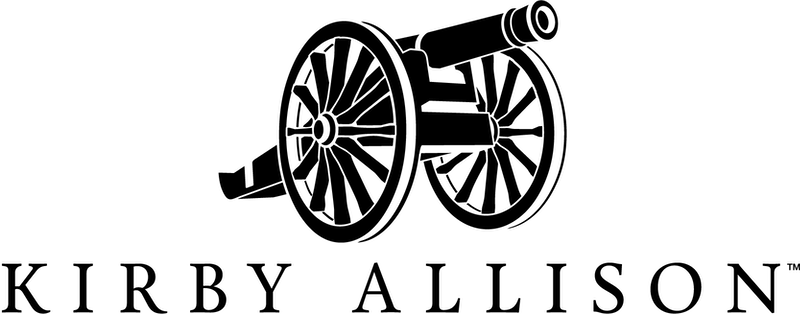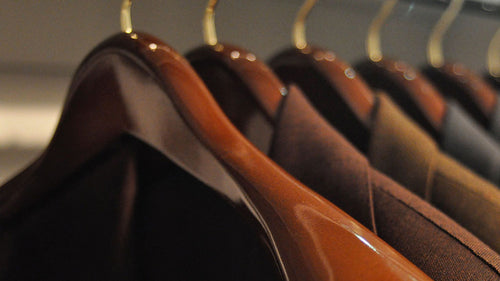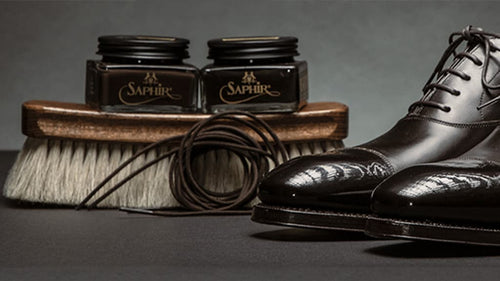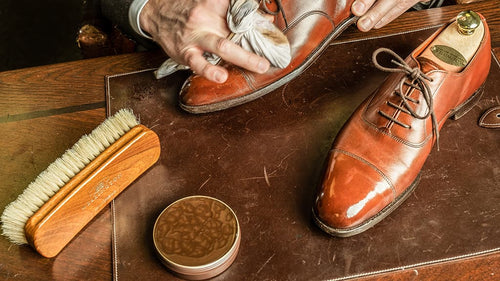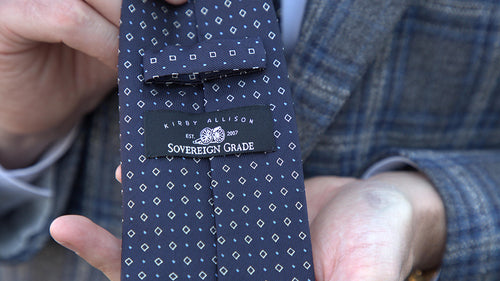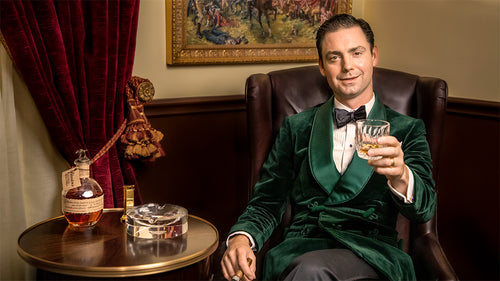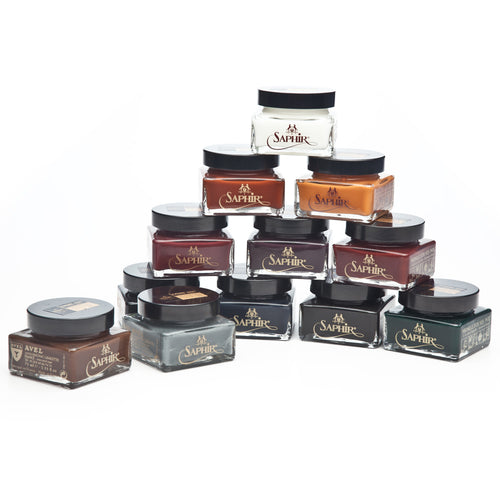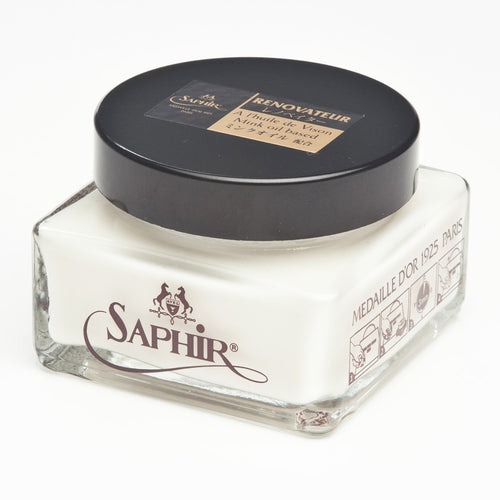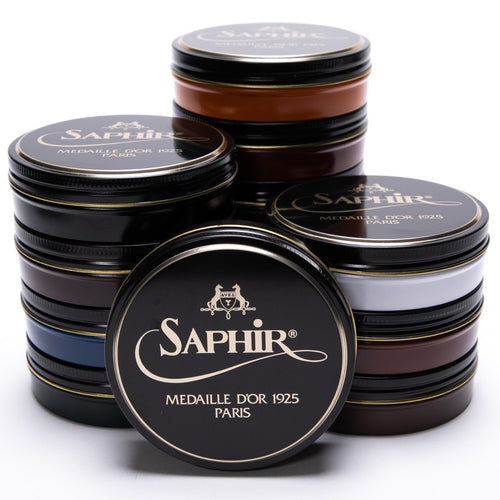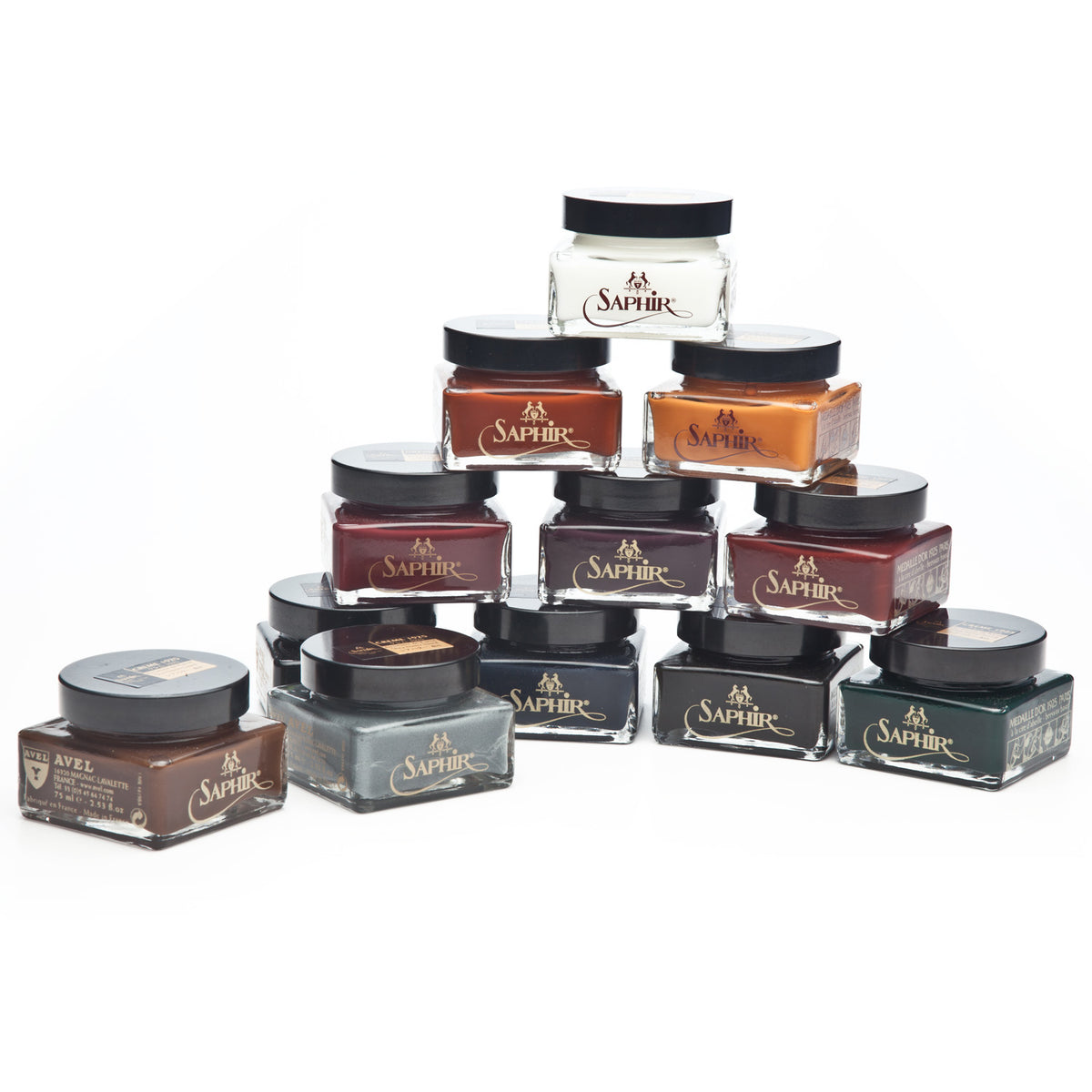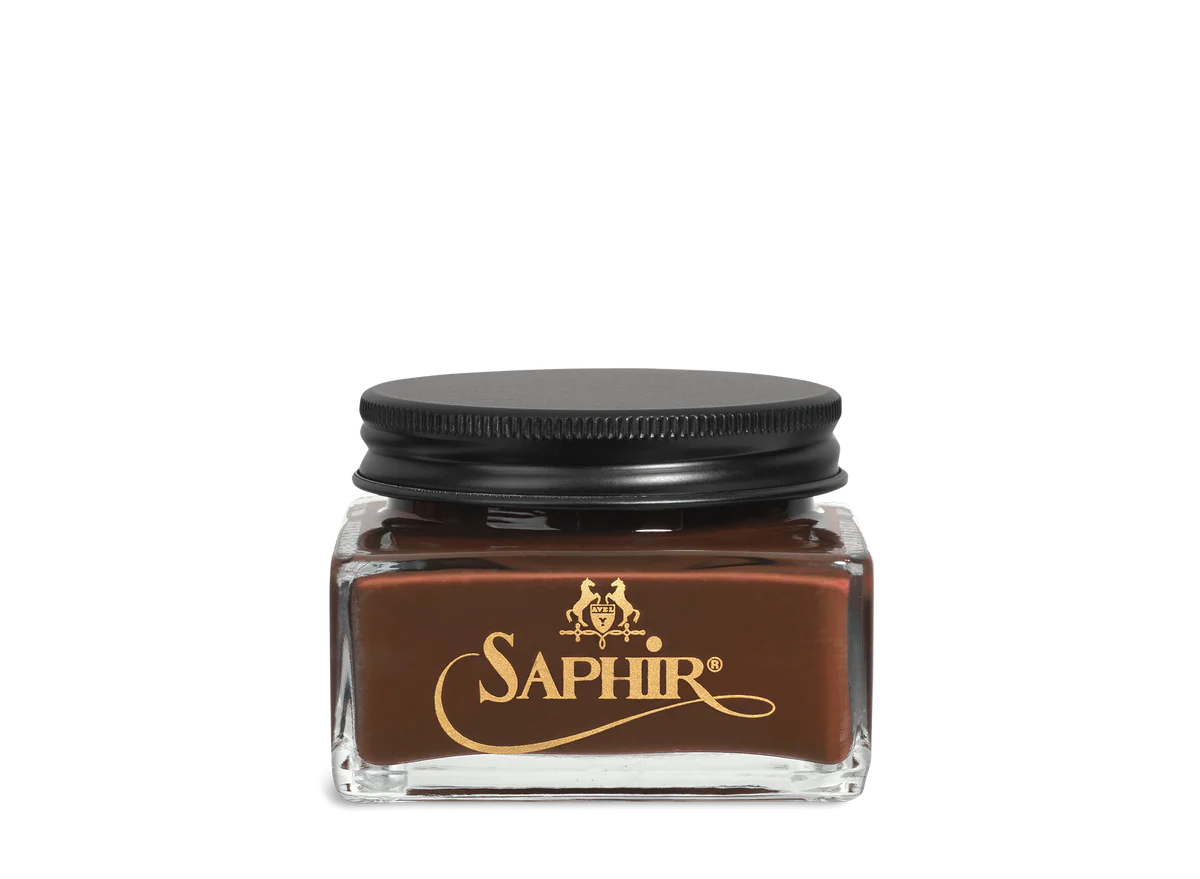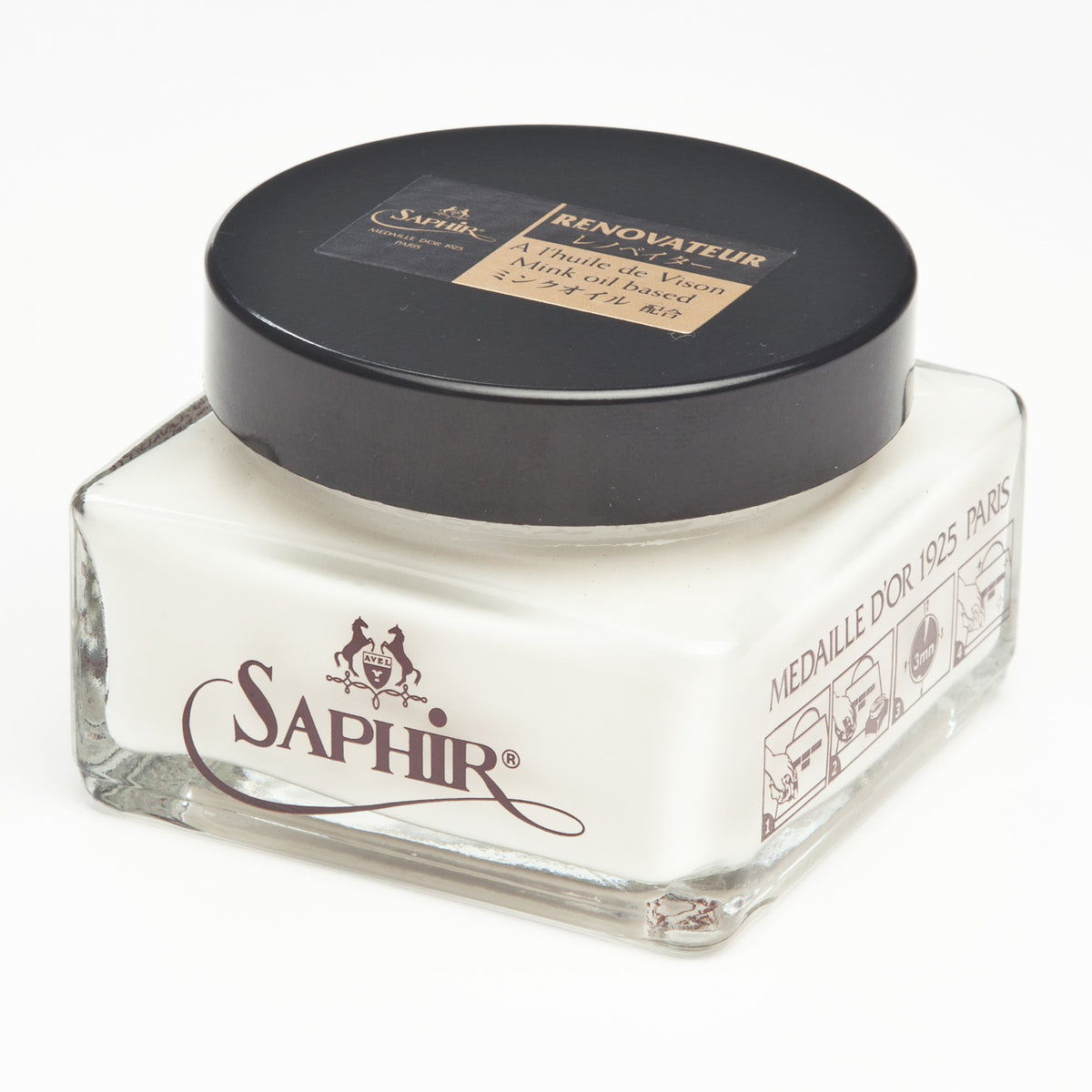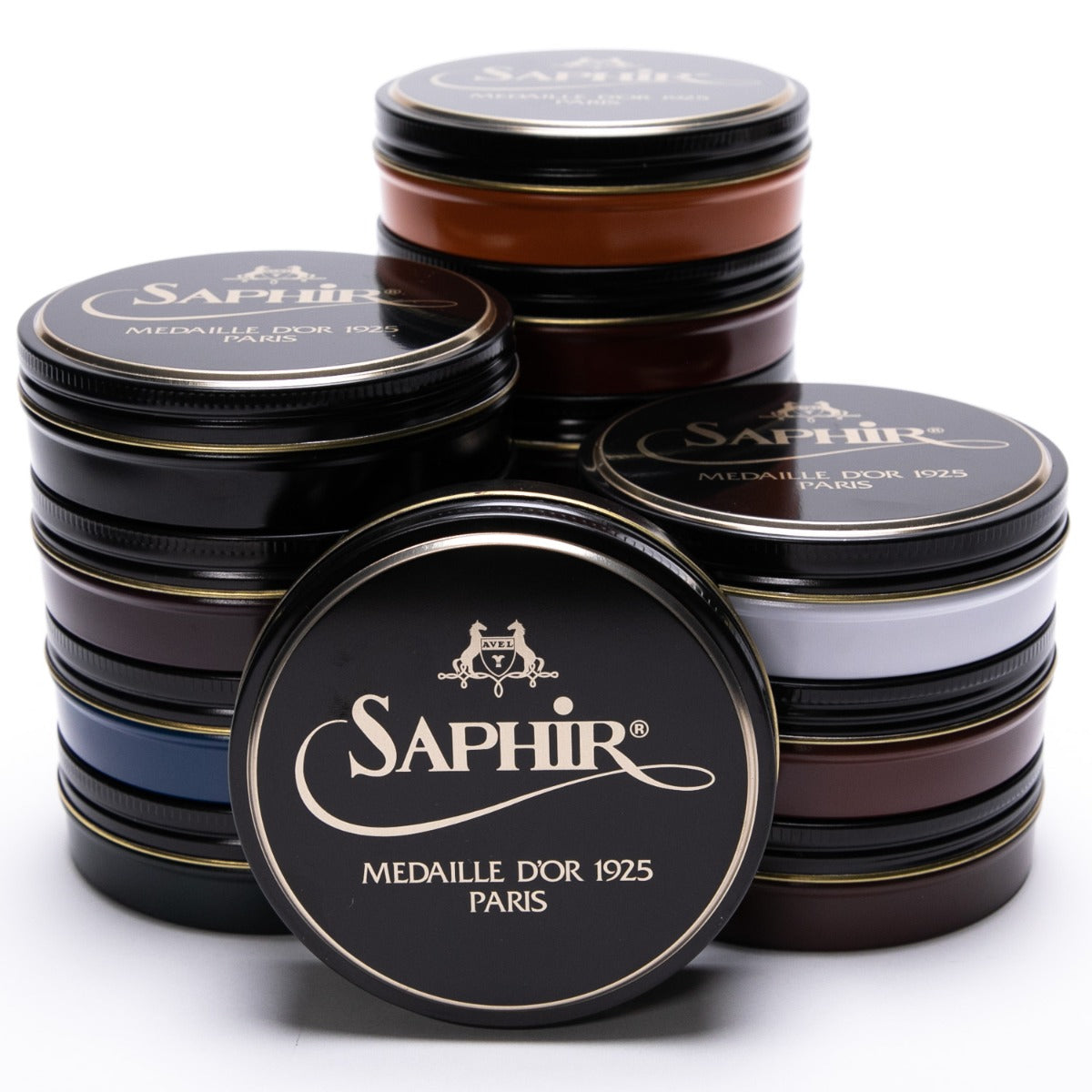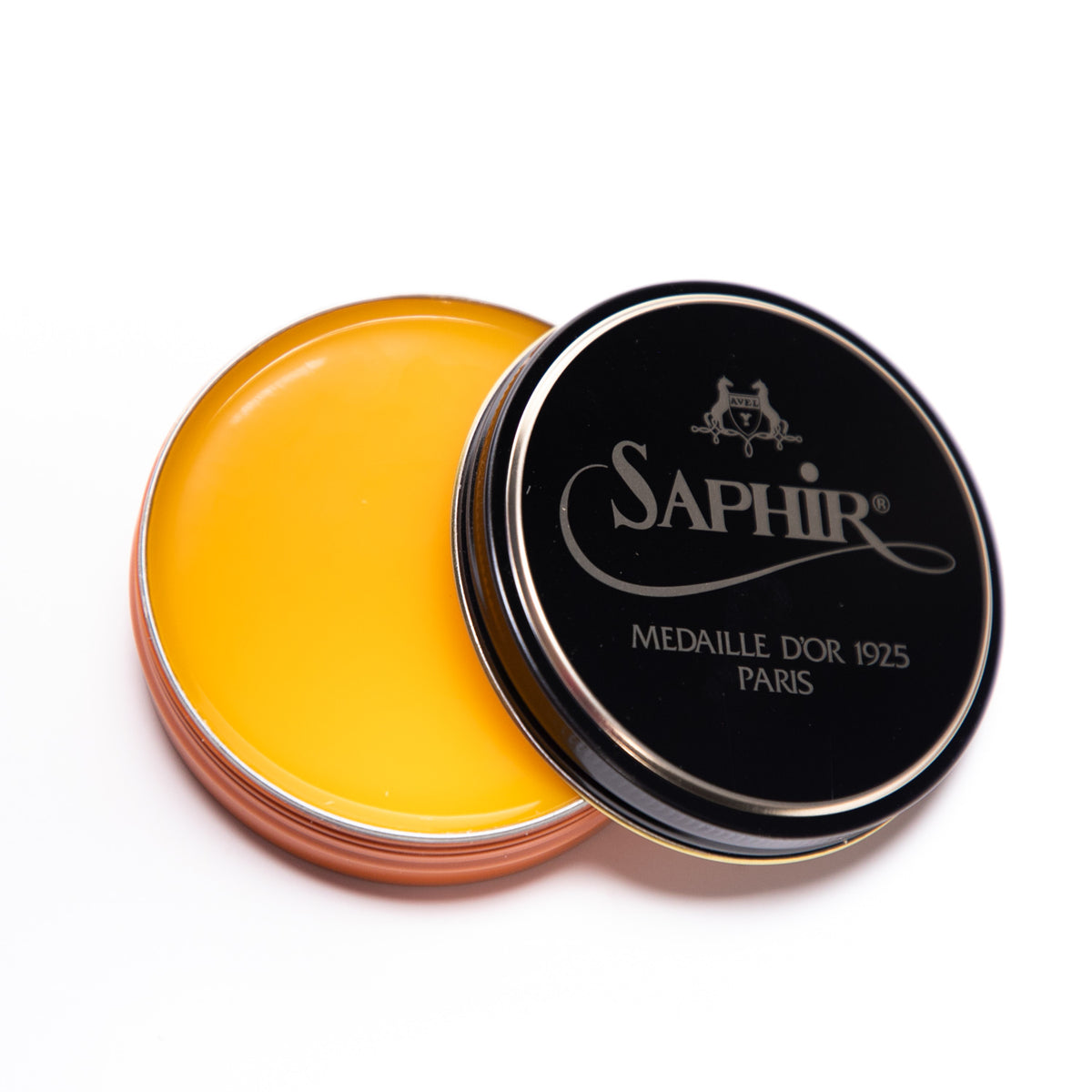Lee Miller, the iconic custom bootmaker from Texas Traditions, shows Kirby Allison some of the different cowboy boot styles and design elements he has featured over the years. Lee Miller has a passion for cowboy boots, and constantly finds ways to implement historical designs in his work. His inspirations range from old-school stitchings to the work of his late mentor, Charlie Dunn. We learned a lot during this visit to Lee’s workshop in Austin, and we hope you will as well.
Transcription
Great to see you.
Nice to see you.
Thank you so much for having me.
No, thanks for coming into the shop.
So you know I guess we first met back when I was passing through Austin with Simon Crompton. From Permanent Style
Yeah that's right.
A mutual customer of ours introduced us. Ever since that day I said I was going to have a pair of cowboy boots made that those cowboy boots would be made by Lee Miller of Texas Traditions.
Thank you for coming in and choosing our boots.
And so I guess you know today we'll go through, we'll have you measured me. Right. And then we're kind of go through some styles and we we'll pick something.
Yeah, we'll measure your feet up and then go and start designing.
So excited to be here. Thank you.
Thank you Kirby.
So this is a Charlie Dunn cactus boot. This was made in 1980 and the man who we made it for went bankrupt and so myself and another bootmaker did all the top work and it took us two weeks just to do the top work. So you asked me about how long it takes to make a boot. So you have a design like this there's 2000 knots in this in this boot. So we had to tie 2000 knots.
And you're doing that by hand?
Correct. Yeah.
So you still do that by hand?
Well we've changed the design so there's no longer 2000 knots. But it's just brutal. So this is a good example of our artistry. You know Charlie Dunn's artistry, and how it can be beautiful but very you know artistic. This is Charlie was known for his rose design. And this is his pinched rose border. And he first started doing this in 1939 and he taught me how to do it and it was his secret method of how to do these roses and make them look lifelike. So he taught me how to do it and he said Lee you can teach somebody anything you want but never teach them how I do my roses. So it's a closely held secret. These boots we may this is very much a Charlie Dunn boot, we made these when Charlie Dunn died in 1993. So this was a Charlie Dunn tribute boot. So this has one of his beautiful stitch patterns on it. This is his scroll stitch. This is a boot very much Charlie Dunn would have made. So we've made these in his honor. And everybody who was working here at the time signed them. So they've never left the boot shop. We just, they don't fit anybody. We just made them in a certain size. Yeah they really turned out. So this is French calf you got this beautiful three quarter inch box toe. You've got a nice beautiful heel. So it's very much a Charlie Dunn boot. Charlie was famous for his American Eagle. And although this is my version of Charlie duns American Eagle design, and it's basically the same thing. So I made these I think in 2000. And these are French calf and they have a beautiful box toe that we talked about with that nice beautiful slant. And then they've got an old tongue pattern from 1940. But this is a Charlie Dunn eagle you see it's got the little stars on the shield. And then this is the same gentleman. This is also 2000. And these are made out of I believe this is crocodile. I love fancy stitching and I love all these historical stitch patterns, and
Where do you find these?
I mean this is the kind of thing where you just pour through books and you look at everything you can see to find old historical designs. And my greatest love is to find them and to bring them back to life like these diamonds in the stars. I did that in 1985. And I just kind of dreamed, I actually kind of dreamed it up and just put it together. But it's a historical, kind of thing. This is a Texas wildflower boot we made. And it's got you know Indian blanket and a Mexican, this is called the prairie cone flower. People will ask us to do different things. And this is an example of how you can take something and it's like a canvas waiting for you to decorate and you know we will make a plain boot. And these are beautiful alligator boots that we made. So the customer dictates you know the heel, the toe. They dictate you know how fancy they're going to be.
What are the different shapes? I mean you can you can do a a box toe which is what of course this is a box toe. That's what we call that. And then there's a medium round toe. I believe that this is probably a good example of a medium round. So we have we have a whole host of toe styles. We have a French toe. Much like what you're wearing today on your shoes. We call it French toe. This toe, it's kind of a small round, Charlie did this. This is a medium small round but the toes can be quite extreme. And this is this is an old fashioned toe. Let me grab this. So this is called the pinto round and you can see how pointed that is. And so it's an old fashioned toe. This is elephant. But you would never see this toe. I mean it's an old fashioned toe.
And Charlie showed me how to make it. And this is something you would have seen long time ago.
And every once in awhile somebody will come in and say and this is a good example. This is a plain boot. Straight across. Nothing added to it. This is Heidi McGuire and you can see her name is in a script going up the side saying. So yeah I mean we do we do a lot of boots like that. So you so you have something as beautiful as fancy stitching here. You know here's fancy stitching, there's roses, initials. We do a lot of initials. This was if you notice how the initials are hanging together, that was a Charlie Dunn signature item. We still do it today. So we draw the initial and make sure the customer likes it. This is a pretty pair of boots here. When you see this is this is very much a cowboy boot from 1940. The iconic toe in heel, it's short, it's got lots of fancy stitching, so it's a beautiful silhouette.
Those are Carlins. And then we do a lot of, we do a tulip design. Here's a tulip design. And this is something that's very old too.
Another Charlie Dunn design?
No this is this is not Charlie Dunn. This goes back even further even further. Yeah.
So you'd see that from other bootmakers also?
This pattern is very old. And then Carlin was working with a German customer one day and they came up with the idea of doing this pattern as a colord with inlay. And so ever since then we've become known for that. This inlay tulip design. But this is the kind of stuff that I love all this artistry. Yes so here we have a receded toe or we call it a French toe. You got some toe chording on the vamp with a flower and then here are some chording here just to give it some beautiful vertical lines.
And this is very elegant.
Oh yeah. Unbelievable. This is I believe it's a kangaroo top with smooth ostrich fore portion. We've got a low shoe heel. We've given a slight pitch to it to make it look a little bit more, a little Western. So these are beautiful boots.
So how does someone select the material that they, I mean, so I can thinking about my boots you know, it's going to be my first pair of boots. I'd prefer to have something kind of formal and dressy probably sticking to black, I mean but I don't know.
Well I mean you can't get any more formal than alligator or crocodile. So that's that's probably in terms of the ultimate statement. But that is a delicate leather. So you could do something out of kangaroo, a black kangaroo boot would be very beautiful very formal elegant.
What about like an ostrich this smooth ostrich?
I think it's beautiful. Ostrich skin is lovely skin, it's very soft, very comfortable, very durable. So one of the few exotics or maybe the only exotic that has all those characteristics. And then if you don't like the quill bumps, smooth ostrich is a good example. And those are those are smooth ostrich and that's why I personally love smooth ostrich. I think it makes a beautiful boot. So for you Kirby you could do a smooth ostrich vamp and maybe a kangaroo top. And then you can you just have to ask yourself do you want to go with minimal stitching? Do you like the look of a plain top? Some of the questions you're going to have to ask yourself is regarding the scallop, like this is the scallop of the boot, and the deeper the cut the looser it is on your leg, the shallower the cut the dressier it is. And so you're going to have to ask yourself you know what kind of a scallop do you want? And and so that some of it is style and some of it is function and then we're going to we're going to have to discuss toe shape.
I'd probably prefer like a kind of a softer round or almond toe.
OK well we'll look at different examples and try and narrow it up and then in terms of heel height you know the taller heel of course is more stylish but it's a little bit more improvement over where we. So you might want something a little bit lower with a little bit of pitch.
Yeah but still something that's like cowboy boots.
Oh yeah.
I guess I'd tuck the on them.
Yeah we'll discuss all of those things then and if it was me I would do a leather sole with wooden pegs in the shank, that would make a great boot. And so if you did smooth ostrich, you could you could go ahead and leave the fore part plain or you could go ahead and add a wing tip or a chording.
Probably a chording to keep it you know.
Give it a western flare?
I want a bit of that and I want it to be. I want it to represent your work and I want it to be identifiable.
OK.
And you know I'm not trying to have a dress shoe made as a boot.
You want a cowboy boot, and we'll steer you in the right direction.
Yeah I'm Kirby Allison, founder of The Hanger Project and we love helping the well-dressed take care of their wardrobes. Thanks for joining us today here at Texas Traditions, I hope you enjoyed learning about Lee Miller. If you have any questions about what you saw in the video today, feel free to ask in the comments section below. I enjoy getting back to all those questions personally. Most importantly if you enjoyed the video let us know. Give us the thumbs up or subscribe to our YouTube channel so you can receive future notifications. I'm Kirby Allison, founder of The Hanger Project, and thanks for joining us.

